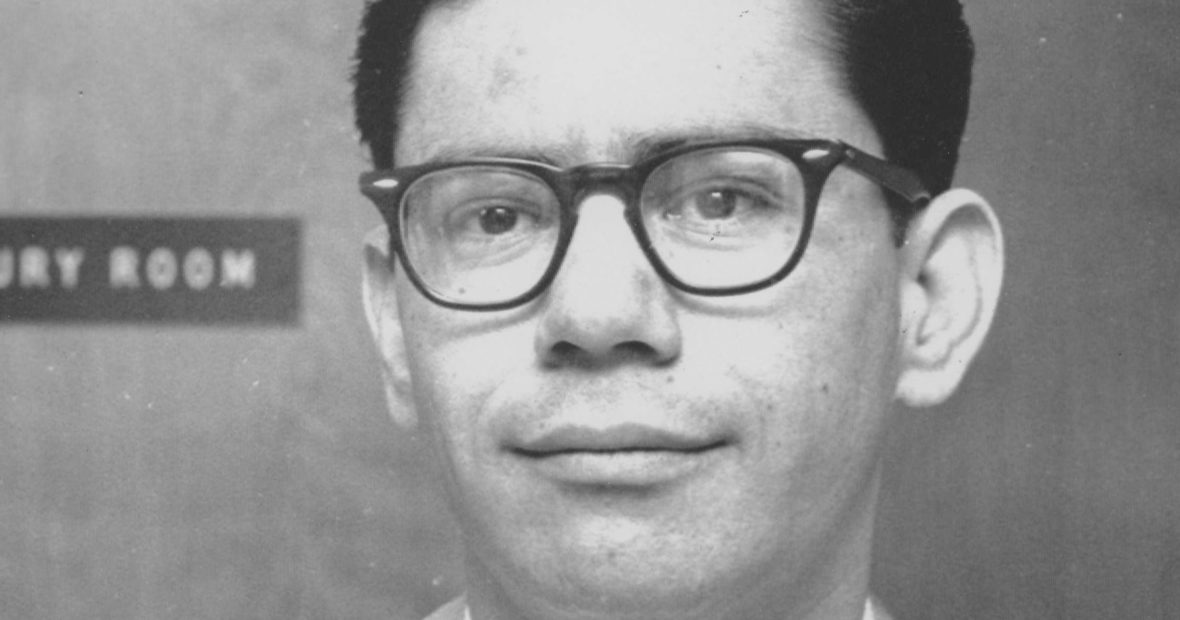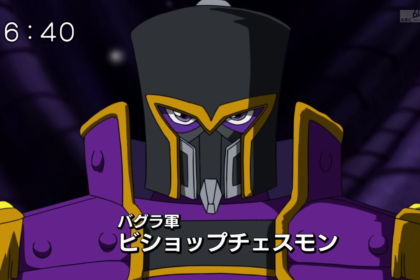Ernesto Arturo Miranda was a laborer whose conviction on kidnapping, rape and armed robbery charges based on his confession under police interrogation was set aside in the landmark U.S. Supreme Court case Miranda v. Arizona, which ruled that criminal suspects must be informed of their right against self-incrimination and their right to consult with an attorney before being questioned by police. Take a look below for 26 more scary and interesting facts about Ernesto Miranda.
1. After the Supreme Court decision set aside Miranda’s initial conviction, the state of Arizona tried Miranda again.
2. At Miranda’s second trial, with his confession excluded from evidence, he was convicted once again.
3. Miranda was an American citizen born in Mesa, Arizona, on March 9, 1941.
4. He began getting into trouble when he was in grade school.

5. After the death of his mother, his father remarried. Miranda and his father didn’t get along very well and he kept his distance from his brothers and stepmother.
6. Miranda’s first criminal conviction was when he was in grade eight.
7. In grade nine, Miranda was convicted of burglary and sentenced to a year in reform school.
8. In 1956, a month after his release from reform school, Miranda began breaking the law again and was sent back to Arizona State Industrial School for Boys.
9. On his second release from reform school, he relocated to Los Angeles, California. Within months in Los Angeles, Miranda was arrested on suspicion of armed robbery and six other offenses.
10. After 2 and a half year in custody, the 18 year old Miranda was extradited back to Arizona.
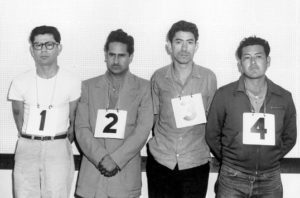
11. Miranda has spent time in jail in Texas for living on the street without money or a place to live, and was arrested in Nashville, Tennessee, for driving a stolen car.
12. He was sentenced to a year and a day in the federal prison system because he had taken the stolen vehicles across state lines.
13. Miranda worked at various places, until he became a laborer on the night loading dock for the Phoenix produce company.
14. While he worked for the Phoenix produce company, he started living with Twila Hoffman, a 29 year old mother of a boy and a girl by another man, for whom she couldn’t afford a divorce.
15. On March 13, 1963, Miranda’s truck was seen and the license plates recognized by the brother of an 18 year old kidnapping and rape victim, Lois Ann Jameson.
16. With his car description and partial license place number, Phoenix police officers Carroll Cooley and Wilfred Young confronted Miranda, who voluntarily accompanied them to the station house and participated in a lineup.
17. At the police station, the police got a confession out of Miranda after two hours of interrogation, without informing him of his rights.
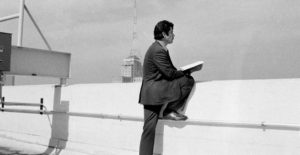
18. After talking to the officers, Miranda was taken to meet the beating victim for positive voice identification. Asked by the officers, in her presence, whether this was the victim, Miranda said, “That’s the girl.” Miranda then wrote his confessions down.
19. While writing his confessions, at the top of each sheet was the printed certification that “… this statement has been made voluntarily and of my own free will, with no threats, coercion or promises of immunity and with full knowledge of my legal rights, understanding any statement I make can and will be used against me.”
20. Despite the statement on top of the sheets that Miranda was confessing, “with full knowledge of my legal rights,” he wasn’t informed of his right to have an attorney present or of his right to remain silent.
21. Alvin Moore was Miranda’s legal representative during the trial.
22. Miranda’s trial took place in mid-June, 1963, before Maricopa County Superior Court Judge Yale McFate.
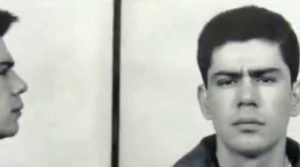
23. Miranda’s lawyer objected to entering the confession by Miranda as evidence during the trial, but was overruled.
24. Mostly because of the confession, Miranda was convicted of rape and kidnapping and sentenced to 20 to 30 years on both charges. Moore appealed to the Arizona Supreme Court, but the conviction was upheld.
25. In 1965, the case was taken to the Supreme Court once again and Chief Justice Earl Warren ruled in favor of Miranda.
26. Miranda was paroled in 1972. After his release, he started selling autographed Miranda warning cards for $1.50.

